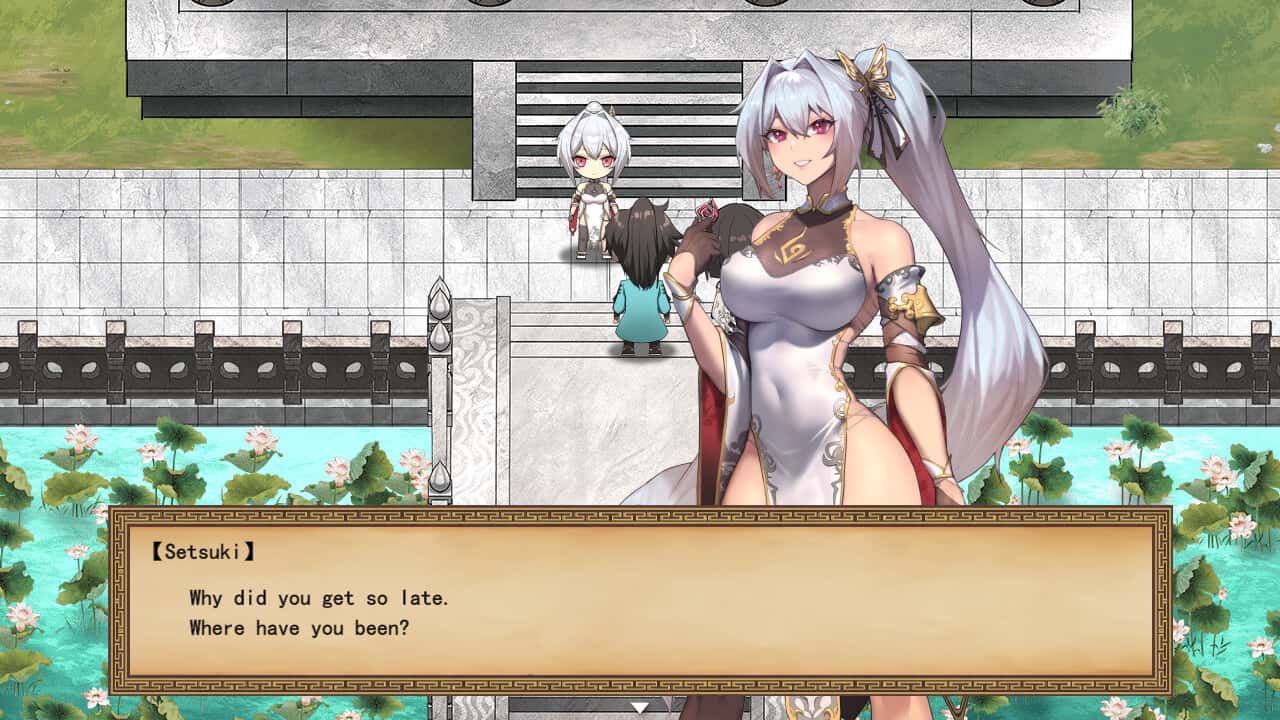🎙️ 玩法介绍
游戏特色
武侠是通过武术来实现正义的人。 这是一款武侠小说风格的RPG。 武侠世界叫做江湖,武侠地区叫做武林。 主角龙濑是一位冉冉升起的武侠人物,即使是他所属的森普派也非常重视他。 故事开始于龙井保护一个名为Hiiro的女孩,她从邪恶的教派逃脱。 他的师父凛美,他的妹妹徒弟濑树和喜朗。 在与这三位女英雄一起训练的日子里,龙濑参加了武术会议,以测试他的技能。
游戏截图



武侠是通过武术来实现正义的人。 这是一款武侠小说风格的RPG。 武侠世界叫做江湖,武侠地区叫做武林。 主角龙濑是一位冉冉升起的武侠人物,即使是他所属的森普派也非常重视他。 故事开始于龙井保护一个名为Hiiro的女孩,她从邪恶的教派逃脱。 他的师父凛美,他的妹妹徒弟濑树和喜朗。 在与这三位女英雄一起训练的日子里,龙濑参加了武术会议,以测试他的技能。


